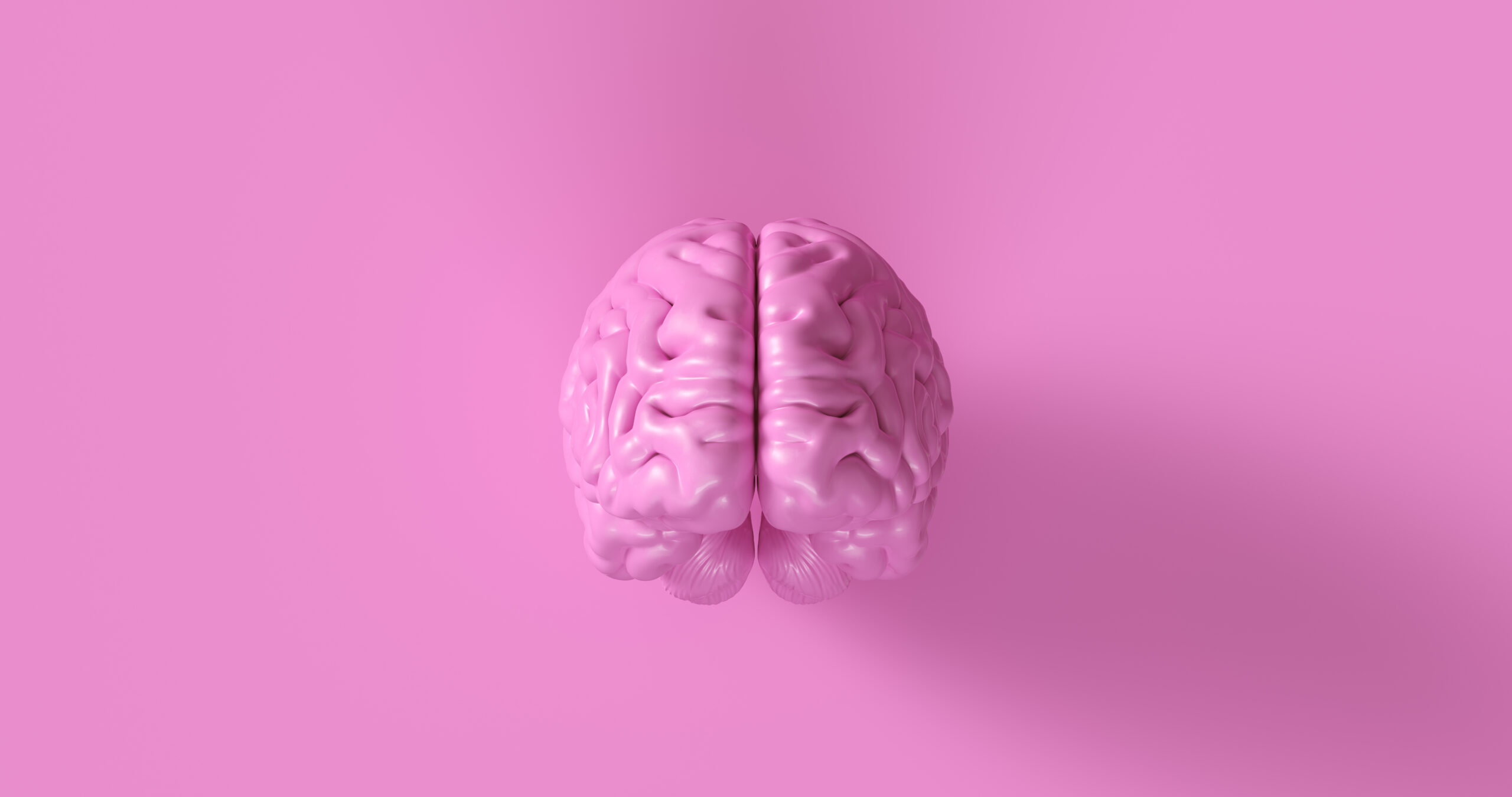improving quality of life with dementia
Improving Quality of Life with Dementia: Simple Steps to Enhance Care
Living with dementia can be challenging, but there are many ways to improve the quality of life for those affected. By incorporating simple and meaningful activities, creating a supportive environment, and ensuring physical and emotional well-being, caregivers can make a significant difference.
### Engaging in Meaningful Activities
Engaging in activities that bring joy and mental stimulation is crucial for dementia patients. These activities can include:
– **Music Therapy**: Listening to familiar songs can trigger memories and emotions, even in advanced stages of dementia. Singing along or playing instruments can provide both cognitive stimulation and enjoyment.
– **Games and Puzzles**: Simple puzzles, memory games, and card-matching activities help maintain mental agility. Word searches, crossword puzzles, and matching games are particularly beneficial.
– **Creative Activities**: Painting, drawing, and crafting provide mental stimulation and a sense of accomplishment. These activities can connect patients with memories through specific colors, textures, or materials.
– **Physical Activities**: Walking, dancing, and gentle exercise increase blood flow to the brain, promoting the growth of new brain cells and enhancing memory function. Movement-based activities also help manage mood and reduce anxiety.
### Creating a Supportive Environment
A supportive environment is essential for reducing anxiety and confusion. Here are some tips to create a dementia-friendly space:
– **Familiar Objects and Furniture**: Incorporating familiar items like furniture or personal photographs can evoke memories and feelings of comfort. This helps reduce anxiety and promotes a sense of belonging.
– **Comfortable Seating Areas**: Arranging furniture in a way that encourages social engagement and conversation is important. Placing furniture near natural light sources or scenic views can further enhance well-being.
– **Visual Cues**: Using visual reminders like labels on drawers, a large calendar, or a list of daily activities can guide the person throughout the day with a sense of independence.
### Enhancing Physical and Emotional Well-being
Ensuring physical and emotional well-being is vital for improving quality of life. Here are some steps to take:
– **Balanced Nutrition**: Providing balanced nutrition is essential. Mealtime is often an essential part of the day, and menus should be tailored to meet residents’ dietary needs and preferences.
– **Regular Exercise**: Physical activities like chair yoga or walking clubs promote mobility and reduce the risk of physical decline. Caregivers should closely monitor residents’ health to ensure medications are administered correctly and medical appointments are kept.
– **Social Interaction**: Regular group activities, such as game nights or community meals, foster connections among residents and reduce feelings of isolation. These interactions enhance mood and improve overall mental health.
### Integrating Therapeutic Interventions
Therapeutic interventions like cognitive stimulation therapy, reminiscence therapy, and music therapy can significantly improve cognitive function and emotional well-being. These therapies include:
– **Cognitive Stimulation Therapy**: This involves structured group therapy sessions designed to stimulate cognitive functions. Activities include discussing current news stories, listening to music, playing word games, and doing practical activities like baking.
– **Reminiscence Therapy**: This involves discussing events and experiences from the past to evoke memories and stimulate mental activity. Using props like videos, music, pictures, and objects that have particular meaning for the person can support this therapy.
– **Music and Art Therapy**: Music therapy uses music to stimulate memories, emotions, and communication. Art therapy encourages creative expression through painting, drawing, or sculpting, providing a non-verbal outlet for individuals to express thoughts and emotions.
### Conclusion
Improving the quality of life for individuals with dementia requires a comprehensive approach. By engaging them in meaningful activities, creating a supportive environment, and ensuring physical and emotional well-being, caregivers can make a significant difference. Simple changes, such as improving lighting, incorporating memory aids, and creating clear pathways, can make a profound impact on safety, comfort, and overall well-being. By taking these steps, we can help develop environments





